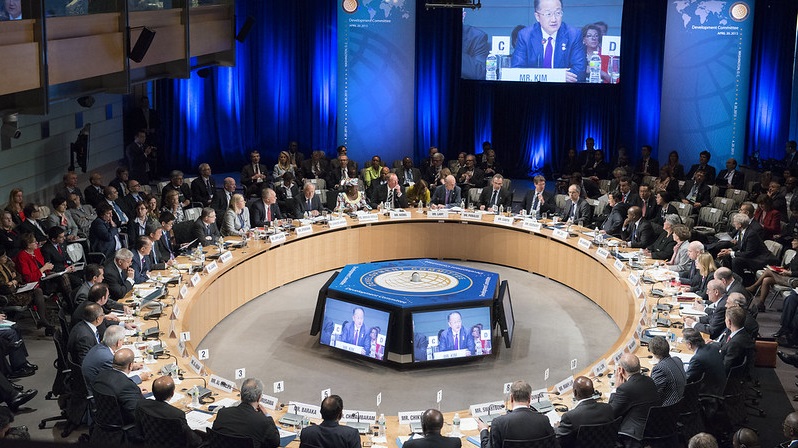Comment: The World Bank controls tens of billions of dollars which can make a real difference in the fight against climate change. A coalition of nations is pushing for green reforms.
Thanks to the efforts of Barbados’s prime minister Mia Mottley and her “Bridgetown Agenda”, the climate movement has shifted its focus toward the World Bank and the tens of billions of dollars it controls.
As the leader of an island nation, battered by hurricanes and facing rising sea levels, Mottley wants the bank to take the lead in mobilising the over $1 trillion a year developing countries will need by 2030 to meet their climate investment needs.
Her campaign has picked up some powerful allies. The US is the bank’s host, its biggest shareholder and effectively picked its next president Ajay Banga. They have offered support to at least the principles of Mottley’s agenda, calling alongside Germany for “fundamental reform”.
In response to this pressure, the World Bank’s management ordered its staff to draw up an “evolution roadmap”. The 20-page document says the bank will “broaden” beyond its current “twin goals” of ending extreme poverty and boosting shared prosperity.
Its new mission “will emphasize the importance of sustainability and resilience to reflect more clearly that our mission includes global public goods (GPGs), such as climate change”.
This was followed last week by a 37-page report, which offered more detail and will be debated by governments and bank officials at the development committee of the bank’s spring meeting next Wednesday. The bank’s mission is likely to be officially updated.
Take more risks
But what does that mean in practice? The only real change the bank has proposed so far is to lower the equity-to-loan ratio of its biggest subsidiary bank (IBRD) from 20% to 19%.
This would allow the IBRD to lend $4 billion more a year, much of which would be spent on climate projects.
Reformers including the German government called it a “first step” but said the ratio should be lower, freeing up more money.
This will be debated by the bank’s executive directors, a group of 25 government appointees from around the world, at next week’s spring meeting.
The bank’s development committee, which is leading the reform, said the proposal balances the ambition to spend more with the need for the bank to retain its top-tier AAA credit rating.
The World Bank raises most of the funding its needs to operate by borrowing on international bond markets. Investors’ confidence is therefore paramount.
OECD reforms set to give “green” projects better export finance
Reformers like Barbados’s Avinash Persaud say the bank can go further while still retaining its credit rating, which allows it to borrow, and therefore lend, money cheaply.
Next week’s meeting is likely to approve the 19% change. Reformers are hoping it will agree to revisit that figure again at the World Bank’s annual gathering in October.
A related proposal is to scrap the IBRD’s statutory lending limit, a rule drawn up when the bank was set up in 1944 which limits the amount it can lend.
Get more backing
The World Bank’s credit rating is set by agencies like Moody’s, S&P and Fitch. Their analysts look at the bank’s finances and decide what rating to give it.
Lowering the equity-to-loan ratio means taking on more risk. Something that could worry the analysts.
So the bank is seeking to reassure them by drawing attention to governments’ pledge to back the bank if it ever gets into trouble. These promises are known as the bank’s “callable capital”.
The bank says it will work on options for making better use of its callable capital “in the coming months”, while speaking to governments and rating agencies.
Get more money
But these changes can only get the bank so far. To move the big bucks, the bank needs more money to begin with.
It can get this by charging developing countries more to borrow. But, with many of the world’s poorest countries already in a lot of debt, the bank’s development committee says “there is no appetite for this”.
So, the bank says it needs more money from the wealthy governments among its shareholders through a “capital increase”.
Without this, it says, the change to the lending ratio and other measures “will not
Read More

